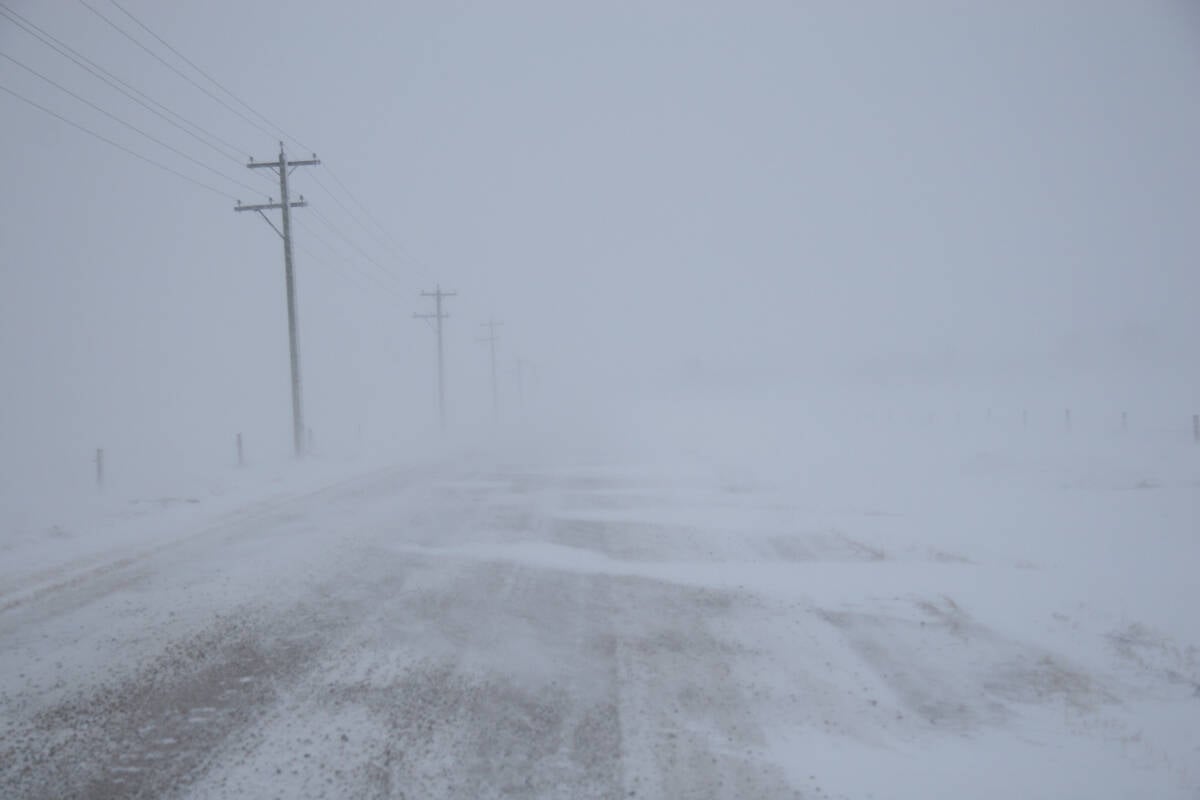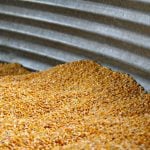Brazilian farmers are getting caught in the worldwide cash crunch at the worst possible time.
It’s spring there and farmers need maximum access to operating lines of credit and fertilizer loans. But the financial crisis means that credit is either not available, or at too high an interest rate for many.
Crop production forecasters are already knocking down their Brazilian soybean production estimates for 2008-09, as they are for a number of developing countries.
Oil World magazine, the bible of the world vegetable oil industry, has slashed its projection for Brazilian soybean production by 700,000 tonnes, to 60 million tonnes, which would be 300,000 tonnes less than 2007-08.
Read Also

Volatile temperatures expected for this winter
DTN is forecasting a lot of temperature variability in the Canadian Prairies this winter. Precipitation should be close to average.
The United States Department of Agriculture’s most recent Brazil forecast is 62.5 million tonnes, down from 64 million in July.
The problems in Brazil were not a shock to Minnesota farmer Jim Call, who had just finished his soybean harvest and was trying to get out to his corn when reached by The Western Producer.
“They’re a developing country and their financial system is not as stable as ours, although our financial system in the United States isn’t as stable as I thought it was either,” said Call, a board member of the U.S. Soybean Export Council.
“They don’t have the ability and the wherewithal to handle any glitches.”
With crop prices plunging while fertilizer prices stay high, Brazilian farmers are already looking at low returns, possibly below the cost of production, for the soybeans they are about to plant.
But with fertilizer perhaps not even available on credit, Brazilian farmers will probably not be able to produce a big crop even with good weather.
That’s a break with recent history, in which Brazilian farmers each year push for higher yields on bigger acreage.
In many ways, the expansion of Brazilian soybean acreage has been the world’s top crop production story of the past 10 years.
Some now question whether that expansion will continue, even if the present credit crunch is alleviated.
The world has grown used to more soybeans coming from Brazil, so a cut in production there would alter supply-demand fundamentals and support prices. But in the short term, crop fundamentals are not playing a major role because the collapse and volatility in the equity markets has swept crop markets along.
Call, who toured Brazilian farm country a few years ago, said a slackening or slight reversal of Brazilian soybean production would reduce world soybean supply and reduce the competition for fertilizer.
But he said supply is not a big problem this year, anyway.
“With world demand as high as it is, we almost need those (Brazilian) beans,” said Call.
Jim Palmer, executive director of the Minnesota Soybean Growers Association, said problems developing in the Brazilian farm economy should have been expected because that country has a primitive farming and financial system.
“I’m not surprised,” said Palmer, who visited Brazil with Call.
“To me, they really are frontier farming. They barter as much as they buy and sell with cash, so it’s pretty unsophisticated.”















